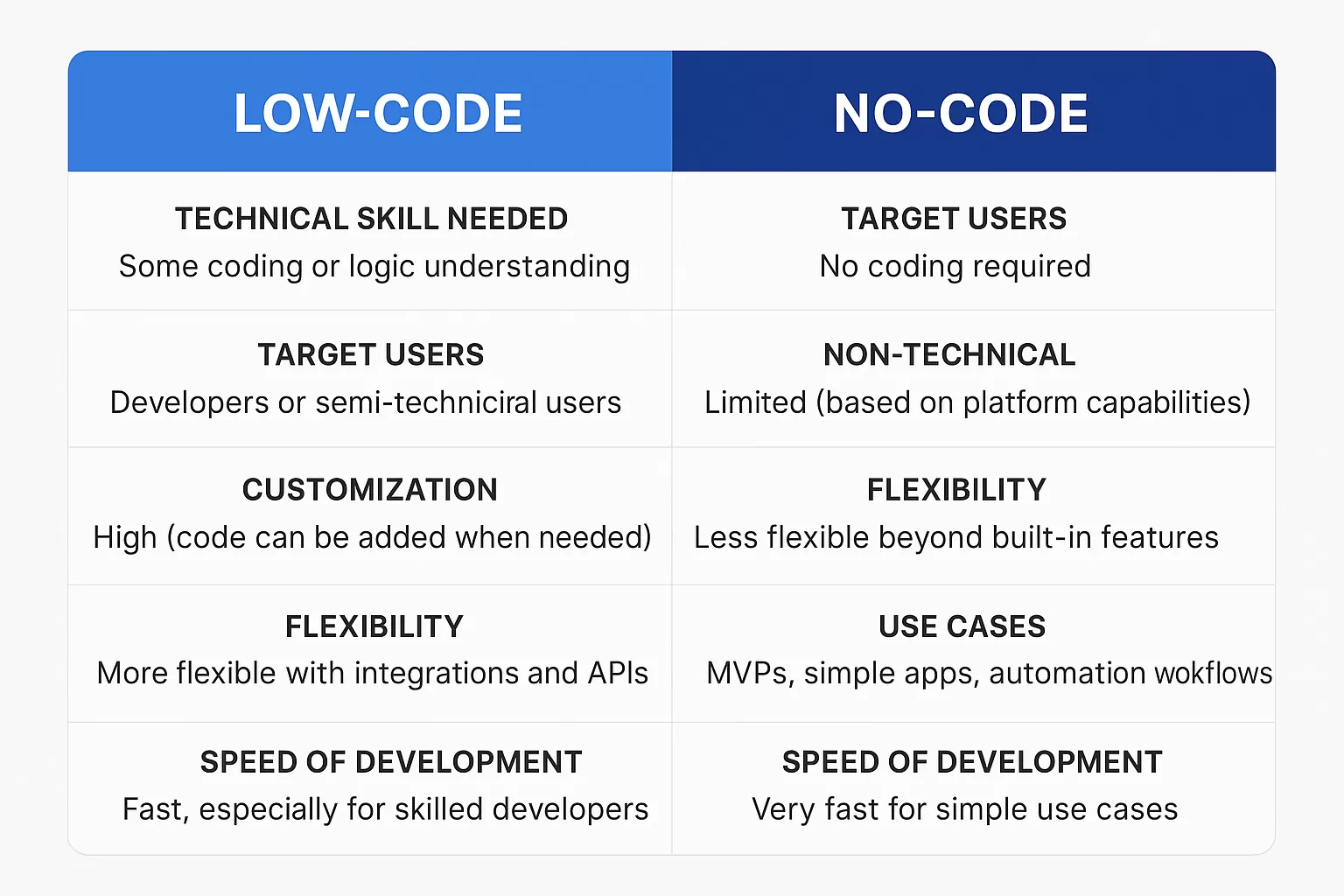The Information Technology (IT) industry has become the backbone of the modern economy, driving innovations across sectors such as healthcare, finance, education, entertainment, and manufacturing. As we move into 2025, technology trends and markets are evolving at an unprecedented rate. In this article, we will compare the current IT industry across different regions and explore global trends, challenges, and opportunities shaping the future of the tech world.
1. North America: The Powerhouse of Innovation
North America, particularly the United States, has long been a global leader in the IT industry. With Silicon Valley being the epicenter of innovation, many of the world’s biggest tech companies such as Apple, Google, Microsoft, and Amazon are based here. The U.S. also leads in research and development (R&D), with large investments in AI, cloud computing, cybersecurity, and big data.
Key Trends in North America:
- Cloud Computing: Cloud platforms such as AWS, Microsoft Azure, and Google Cloud dominate the U.S. market. Hybrid cloud and multi-cloud strategies are gaining popularity as enterprises seek flexibility and risk reduction.
- Artificial Intelligence (AI) and Machine Learning: The U.S. is at the forefront of AI research, with a focus on automation, natural language processing, and AI-driven analytics.
- Cybersecurity: As data breaches become more frequent and sophisticated, companies are investing heavily in cybersecurity solutions to protect their assets. Zero trust architecture and end-to-end encryption are growing in adoption.
- 5G Technology: With major carriers like Verizon and AT&T rolling out 5G networks, the U.S. is set to become a global leader in IoT and smart devices.
Market Landscape:
- Strong Capital Investment: The U.S. continues to attract a significant amount of venture capital, with startups benefiting from access to funding and incubators. This has led to a robust ecosystem for tech innovation.
- Talent Pool: The U.S. remains a hub for top tech talent, with world-renowned universities and research institutions, though challenges related to immigration policy and skilled workforce shortages persist.
2. Europe: Balancing Innovation with Regulation
Europe’s IT sector is known for its strong regulatory environment, especially with the implementation of the General Data Protection Regulation (GDPR), which focuses on user privacy and data protection. While Europe may not have the same dominance as North America in terms of big tech companies, the region is increasingly influential in shaping global IT trends.
Key Trends in Europe:
- Data Privacy and Compliance: European companies are more likely to adopt privacy-first technologies in response to strict data protection regulations like GDPR. Data localization and compliance are major concerns for businesses operating in Europe.
- Sustainability and Green IT: Europe is a leader in eco-friendly technologies, including renewable energy-powered data centers and green software development practices aimed at reducing carbon footprints.
- Artificial Intelligence (AI): While Europe lags behind the U.S. in terms of investment, countries like Germany and France are focusing on AI ethics and explainable AI to foster trust in automated systems.
- Blockchain and Cryptocurrency: Countries such as Switzerland and Estonia are leading the charge in blockchain adoption for applications ranging from finance to supply chain management.
Market Landscape:
- Government Investments: Europe benefits from government-backed initiatives like Horizon 2020, which funds research and innovation in AI, big data, and 5G. However, the market is more fragmented due to a variety of regulations across different nations.
- Tech Hubs: Cities like London, Berlin, and Paris are growing rapidly as startup ecosystems, attracting talent and investments in the Fintech, EdTech, and MedTech industries.
3. Asia-Pacific: The Emerging Global Tech Giant
The Asia-Pacific (APAC) region is home to some of the most dynamic and rapidly growing IT markets, driven by massive populations, emerging economies, and an increasing appetite for technology adoption. Countries like China, India, Japan, and South Korea are leading the charge in innovation.
Key Trends in Asia-Pacific:
- Mobile-First Market: The APAC region, particularly China and India, has seen a rapid shift to mobile-first internet usage. Mobile app development, 5G networks, and mobile payments (e.g., WeChat Pay, Google Pay) are key trends in the region.
- Smart Cities and IoT: As urbanization accelerates, the region is investing heavily in smart cities powered by IoT. Countries like Singapore and South Korea are leading in integrating smart infrastructure, AI-powered traffic management, and environmental monitoring.
- E-commerce Growth: China is the undisputed leader in e-commerce, with platforms like Alibaba and JD.com dominating the space. India’s e-commerce market is also growing rapidly, fueled by digital payment adoption and increasing internet penetration.
- Artificial Intelligence (AI): China’s AI development has been accelerating, particularly in facial recognition, robotics, and AI-powered manufacturing. Meanwhile, India is focusing on AI in healthcare and automation for IT outsourcing.
Market Landscape:
- China’s Tech Dominance: The Chinese market is dominated by homegrown giants like Tencent, Alibaba, and Huawei. Despite government regulations and trade restrictions, China remains a leader in AI, cloud computing, and 5G development.
- India’s IT Outsourcing: India is the global leader in IT outsourcing and software development, with companies like Tata Consultancy Services (TCS) and Infosys servicing global markets. The country is also emerging as a hub for AI and big data analytics.
- South Korea’s Innovation: South Korea is investing heavily in next-gen technologies such as 5G, IoT, and robotics. The country is a leader in semiconductor production and consumer electronics.
4. Latin America: Growing Potential with Regional Challenges
While Latin America (LATAM) is still catching up with global IT leaders, it has become an increasingly important market for both offshoring and tech innovation. Brazil, Mexico, and Argentina are some of the largest players in the region.
Key Trends in Latin America:
- Digital Transformation: Many LATAM businesses are undergoing digital transformation, integrating cloud solutions, automation, and e-commerce to stay competitive.
- Fintech Boom: Latin America is seeing an explosion in Fintech startups, with companies offering digital wallets, cryptocurrency exchanges, and peer-to-peer lending platforms.
- Tech Talent Pool: LATAM is emerging as a popular destination for IT outsourcing and software development due to its skilled workforce and proximity to North America.
Market Landscape:
- Growing Startups: Cities like São Paulo, Mexico City, and Buenos Aires are increasingly becoming tech hubs, with venture capital funding growing in the region.
- Infrastructure Challenges: LATAM faces challenges in internet connectivity and data privacy regulations, but these issues are being gradually addressed by local governments and tech companies.
5. Middle East and Africa (MEA): Strategic Tech Development
The Middle East and Africa are emerging markets where technology adoption is accelerating. Countries like the United Arab Emirates (UAE), Saudi Arabia, and South Africa are making significant strides in building tech infrastructure and adopting digital solutions.
Key Trends in MEA:
- Smart Cities and Sustainability: Countries like UAE and Saudi Arabia are investing in smart city projects like NEOM (Saudi Arabia) and Dubai Smart City. There is also a strong emphasis on green technologies.
- Artificial Intelligence (AI): The UAE and Israel are leading in AI adoption, focusing on areas such as autonomous vehicles, fintech, and healthcare.
- Mobile Payments: Mobile wallets and payment systems are rapidly gaining traction in Africa and the Middle East, with countries like Nigeria and Kenya becoming leaders in mobile banking and mobile money transfer.
Market Landscape:
- Government Investments: The MEA region is increasingly focusing on technology investment as part of economic diversification. Initiatives like Saudi Vision 2030 and UAE Vision 2021 aim to build sustainable economies with a strong tech foundation.
- Tech Infrastructure Challenges: Many African countries face challenges with internet connectivity, data security, and digital literacy, but they are making progress with initiatives like 5G rollouts and cloud computing adoption.
Conclusion: A Global Tech Landscape in Transition
As we approach 2025, the global IT industry is witnessing dramatic shifts in terms of innovation, market dynamics, and regional strengths. North America remains a tech powerhouse, Europe sets the pace in regulation and sustainability, Asia-Pacific is the hub for mobile-first strategies and emerging technologies, Latin America shows strong growth in Fintech, and the Middle East and Africa is becoming an exciting new frontier for tech development.
Understanding the differences in regional trends, market conditions, and technological innovations will help businesses and investors make informed decisions when navigating the global IT landscape.











